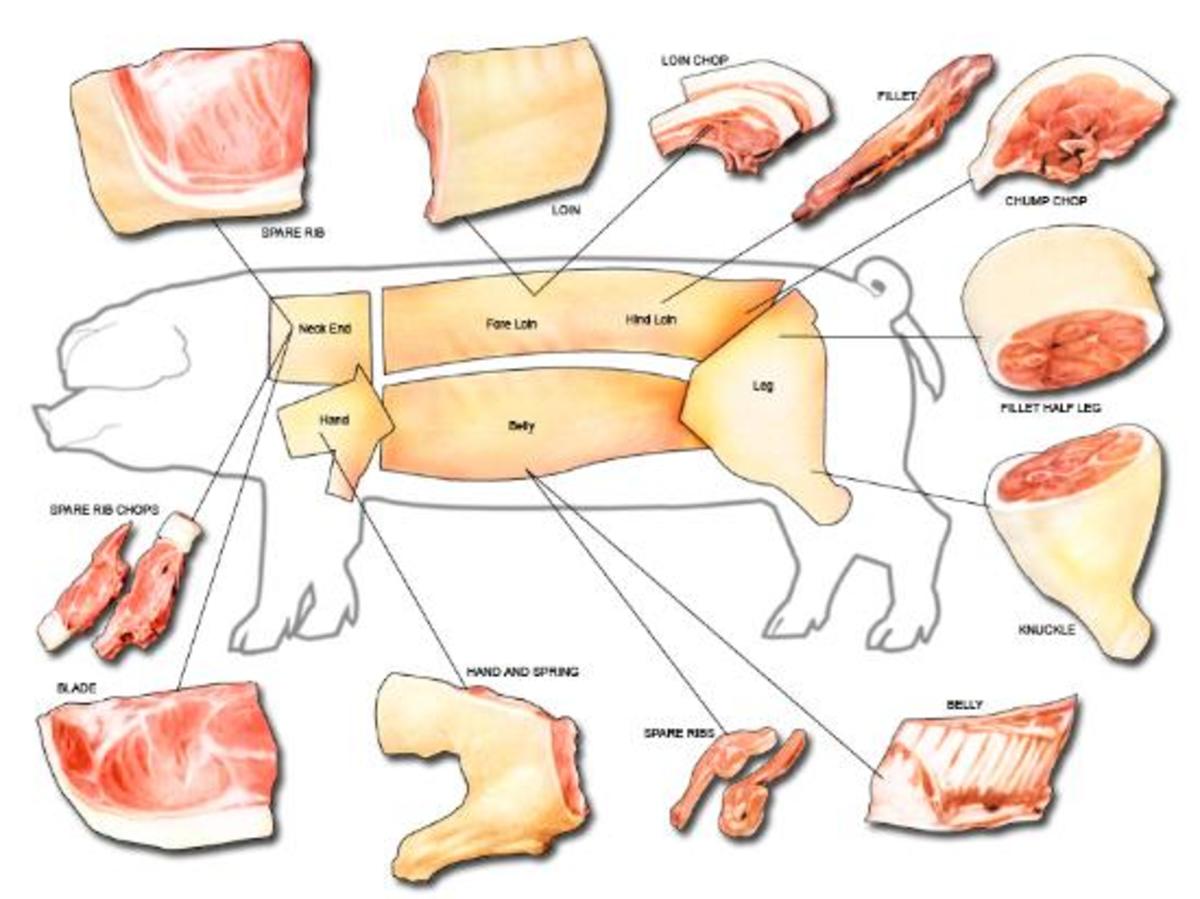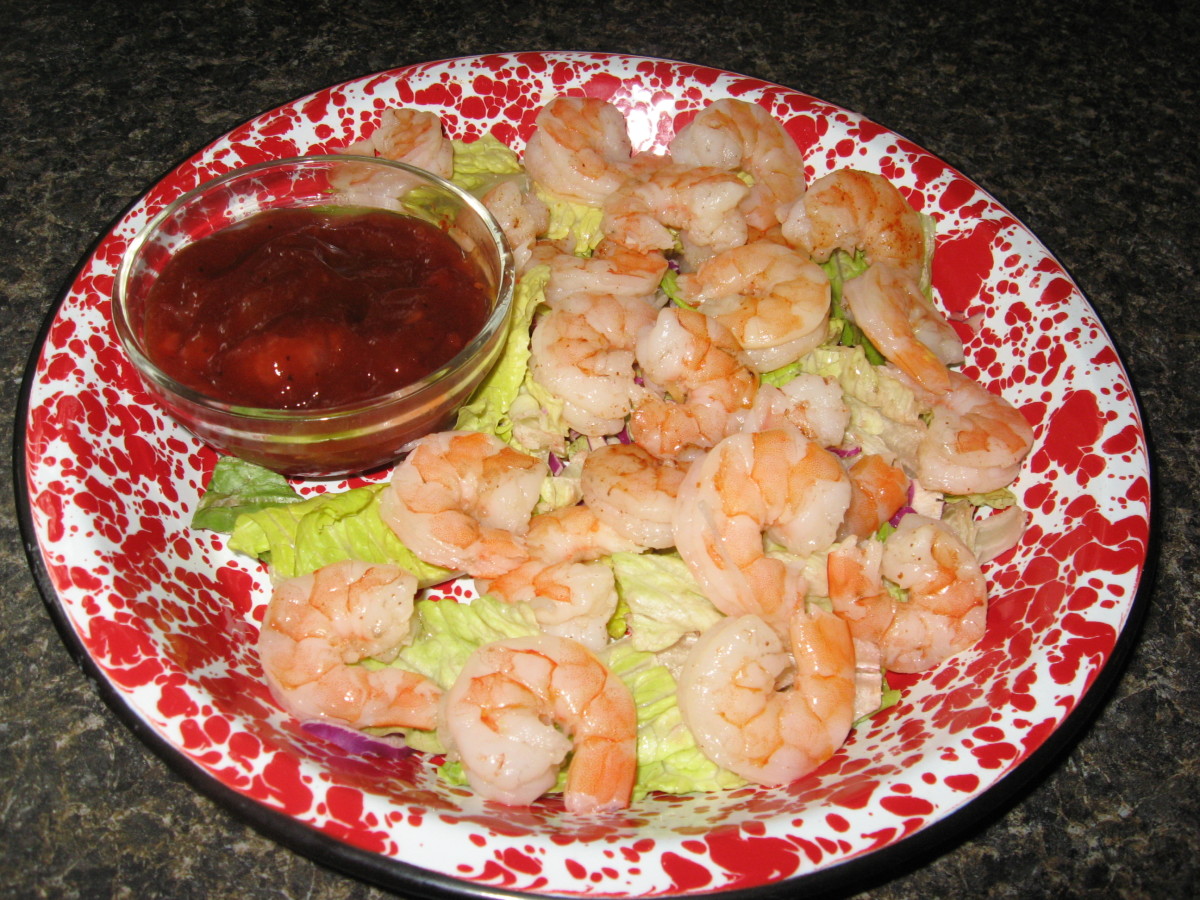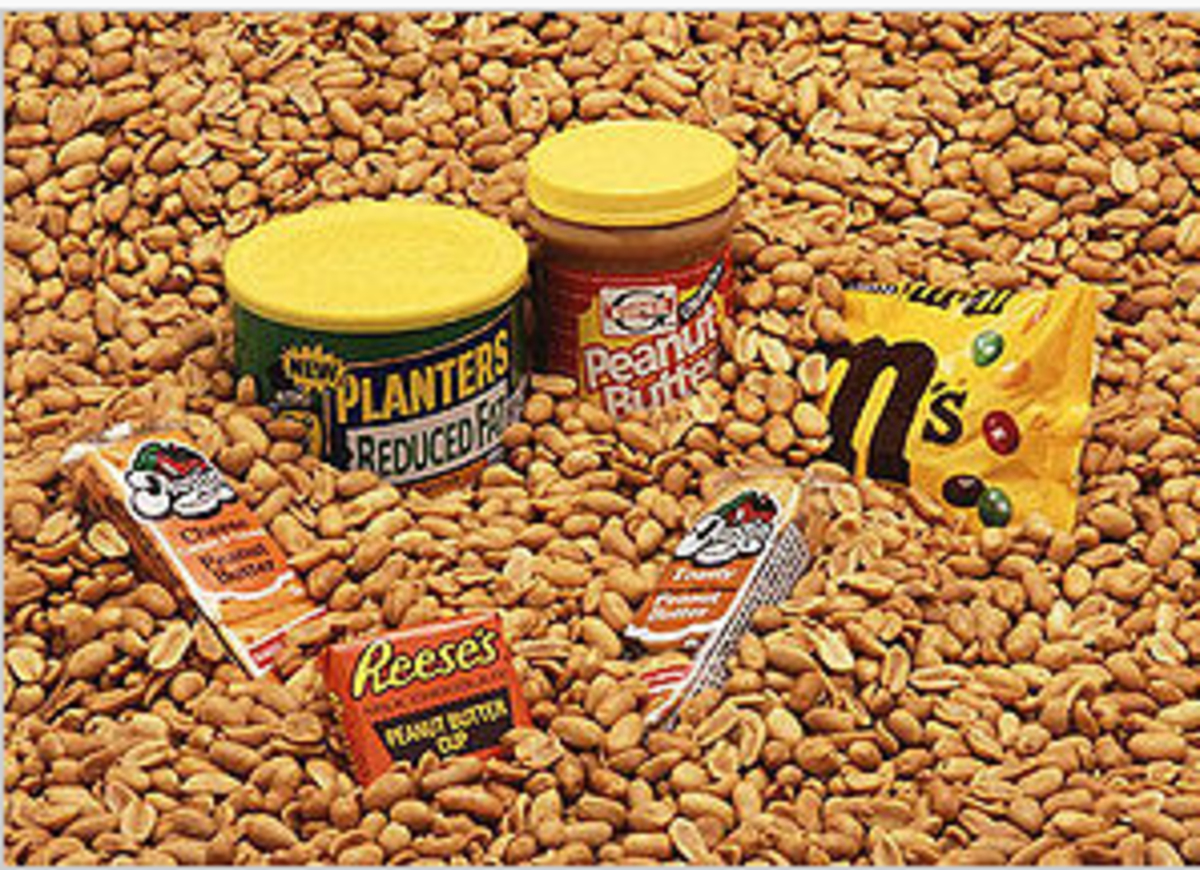Salicylic Acid Intolerance
What is Salicylic Acid Intolerance
Intolerance to Salicylic Acid is a sensitivity to ingredients found naturally in a wide range of food products, including processed foods as well as a sizeable quantity of natural foods. Salicylic acid intolerance, like many allergies or sensitivities, can manifest itself with varying degrees of severity. Unlike many other allergies or sensitivities, salicylic acid intolerance cannot be tested for with a simple skin test- instead medical professionals tend to discern its presence by deliberately provoking a response through ingestion of a relatively high amount of foods that contain salicylic acid. By way of an alternative, you might choose to eliminate foods that contain salicylic acid from the diet and look for an abatement of symptoms.
What are the Symptoms of Salicylic Acid Intolerance?
The symptoms of salicylic acid intolerance are many and varied, and a person who has salicylic acid sensitivity may have some of these symptoms and not others. The wide list of symptoms of salicylic acid intolerance should be taken in their totality and the presence of many or most of them seen as indicative of salicylic acid intolerance. The symptoms of salicylic acid include:
Coughing and wheezing
Headaches
Stomach aches
Blocked nose
Swollen eyes, face and feet
Skin darkening
Fatigue
Nausea
Depression
There are some specific examples of symptoms of salicylic acid intolerance in children, including stuttering, hyperactivity, bed wetting, constant hunger. Since many of the symptoms of salicylic acid intolerance will be difficult for a child to communicate, it will be important to concentrate on those symptoms of salicylic acid that can be observed externally, such as the swelling around the eyes, stuttering, bed wetting and so on.
Treating Salicylic Acid Intolerance
In one sense the treatment of salicylic acid intolerance and the ridding of salicylic acid intolerance symptoms is relatively straightforward- it simply entails the ridding of salicylic acids from the diet and from any cosmetic products used. However the overwhelmingly large quantity of both foods and cosmetics that contain salicylic acids make this far easier said than done. Looking purely at the list of foods that contain salicylic acids you would be forgiven for thinking that there are no foods whatsoever that contain no salicylic acids whatsoever. To some extent there will always be an element of trial and error in removing salicylic acids from the diet, as the experts are still discovering this and disagreeing over that. But there are definitely some foods that are very high in salicylic acids and highly likely to induce a symptomatic response. These include any dried fruits, spices, olive oil, avocados, cherries, most berries, almonds, processed meats, fruit-flavoured sweets, vinegar... the list is extensive. Generally though, there’s a rule of thumb that suggests that peeled fruit and vegetables have fewer salicylates in them than non-peeled fruit and vegetables, so that’s perhaps a good place to start while you research a full list and get involved with your own trial and error tests.
Salicylic Acid Intolerance in Children
The presence of salicylic acid in the preponderance of fresh fruit and vegetables can be particularly taxing when you are also trying to ensure that your child has a balanced and healthy diet. For example, you may have spent months campaigning to introduce carrots into your child’s diet, only to discover that they are high in salicylic acids and need to be eliminated. Indeed, removing all the salicylic acids from your child’s diet may leave you with very few fruits and vegetables that are both suitable and palatable. This is where the age-old trick of disguising vegetables comes in handy. Celery for example is relatively low in salicylic acid and can easily be chopped so small as to disappear into most dishes. Similarly, peeled golden delicious apples are low in salicylic acids and can be grated into many a dish.
Getting on With It
The most importance thing to remember when coping with and living with a salicylic acid intolerance is to stay calm, hang onto your sense of humour and expect the odd setback. Every now and then a flare up will occur, and it’s just a case of being aware of what might have caused the reaction, and being sure to cut it out of the diet going forward. Over time this slow, patient approach will help to eliminate salicylic acids from the diet altogether and so limit the number and severity of symptoms that are experienced.
Join In...
What are your experiences with salicylic acid allergies or intolerances? Have you got any tips to share? Do comment below.







